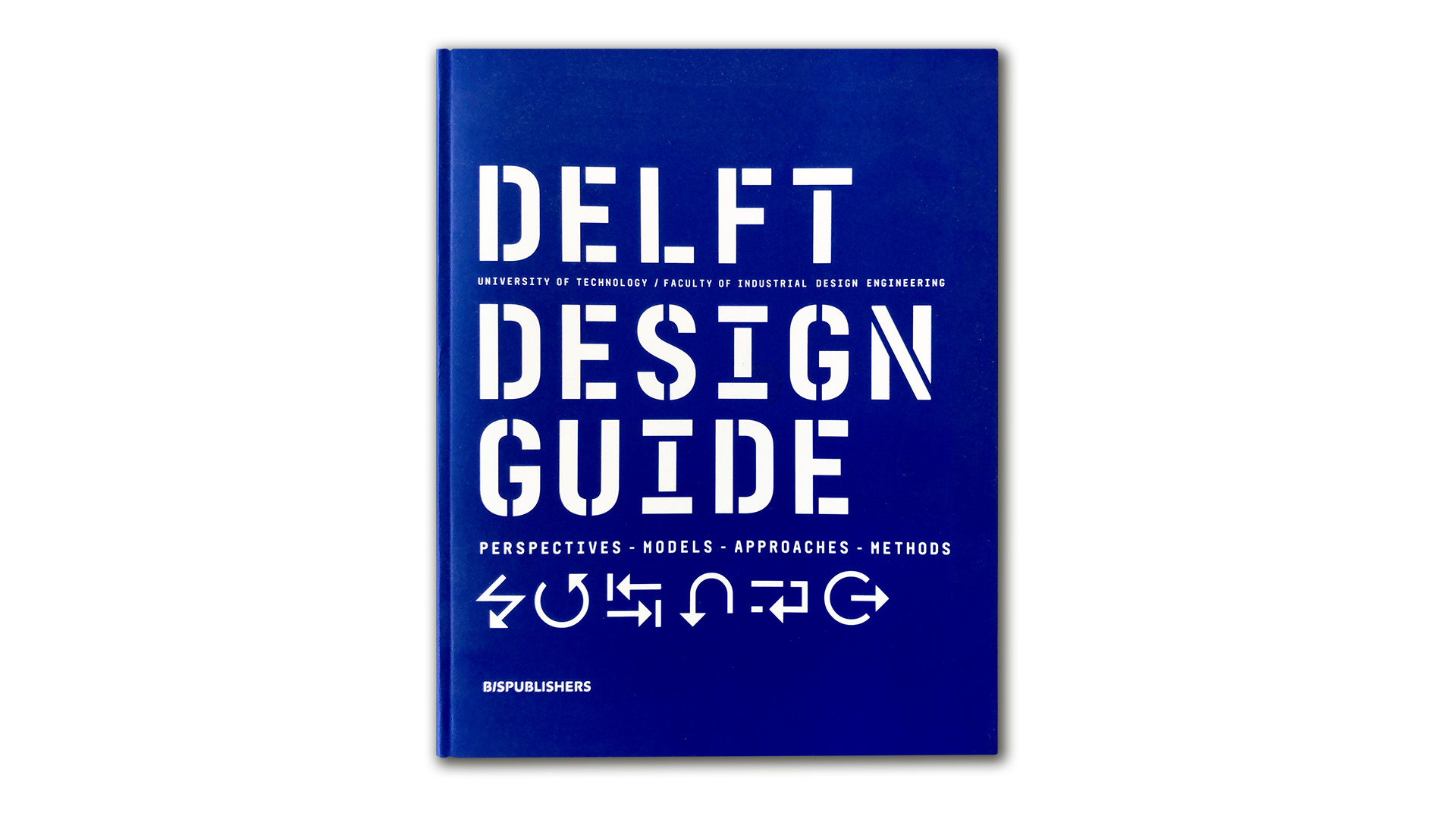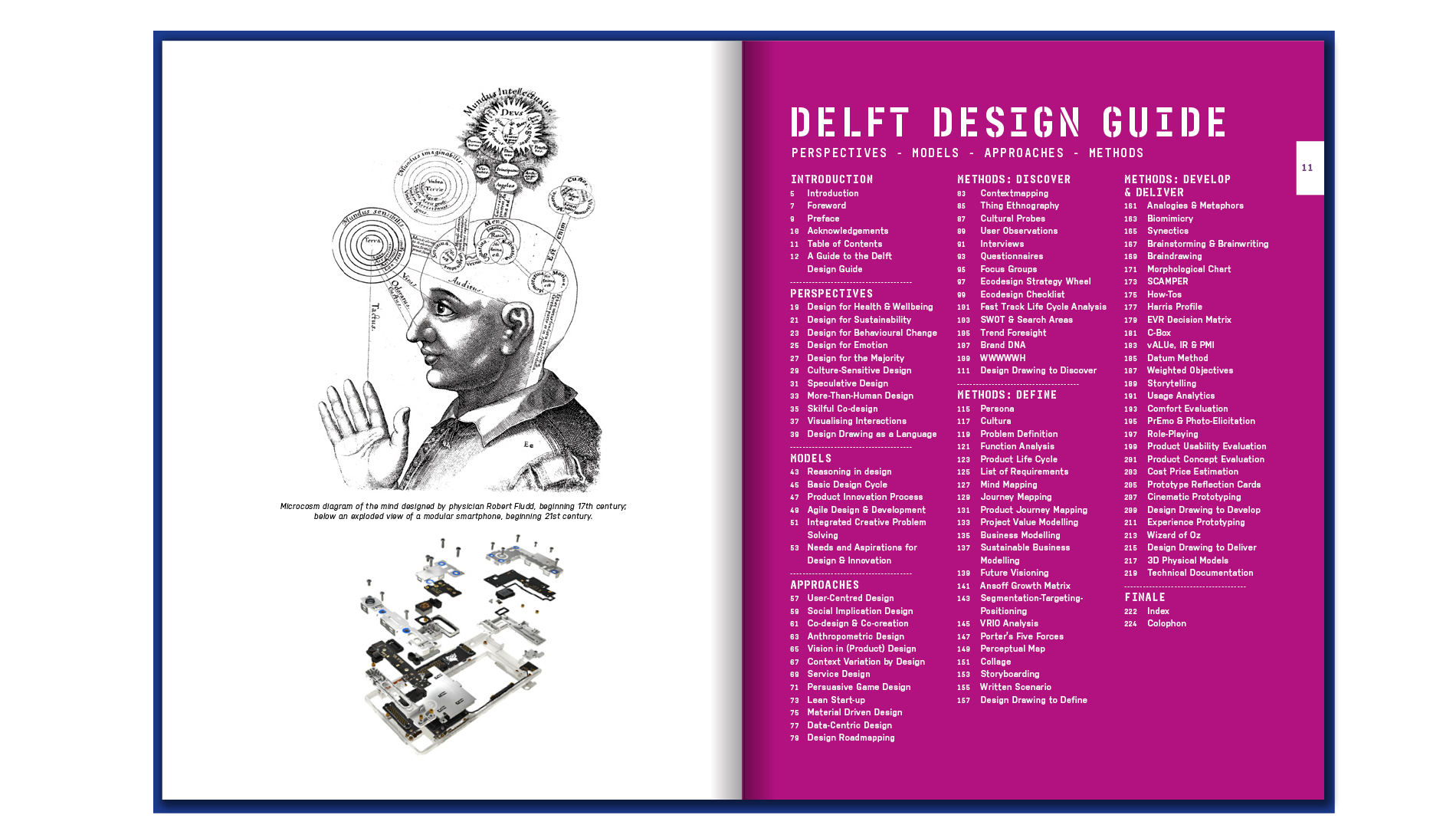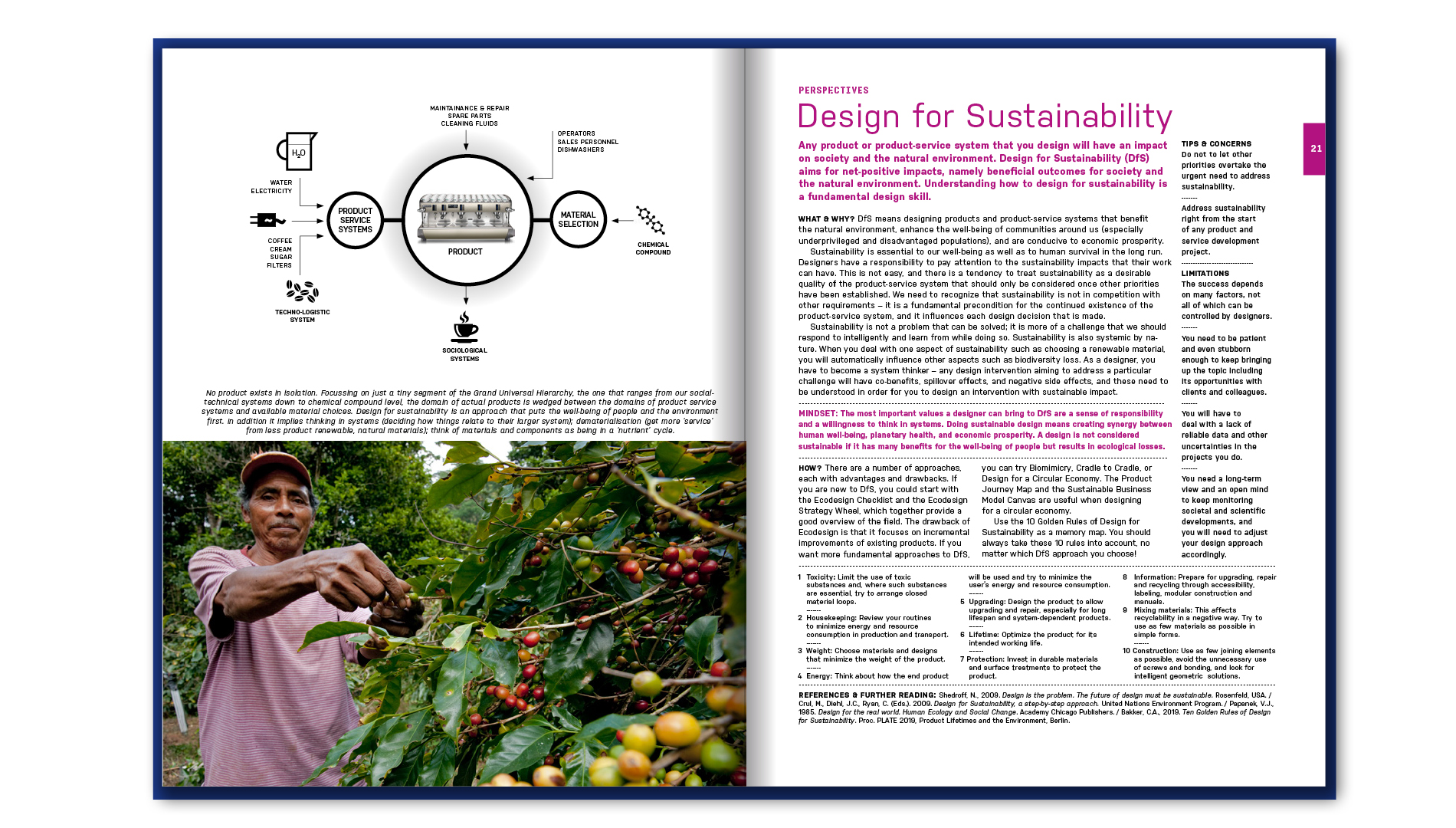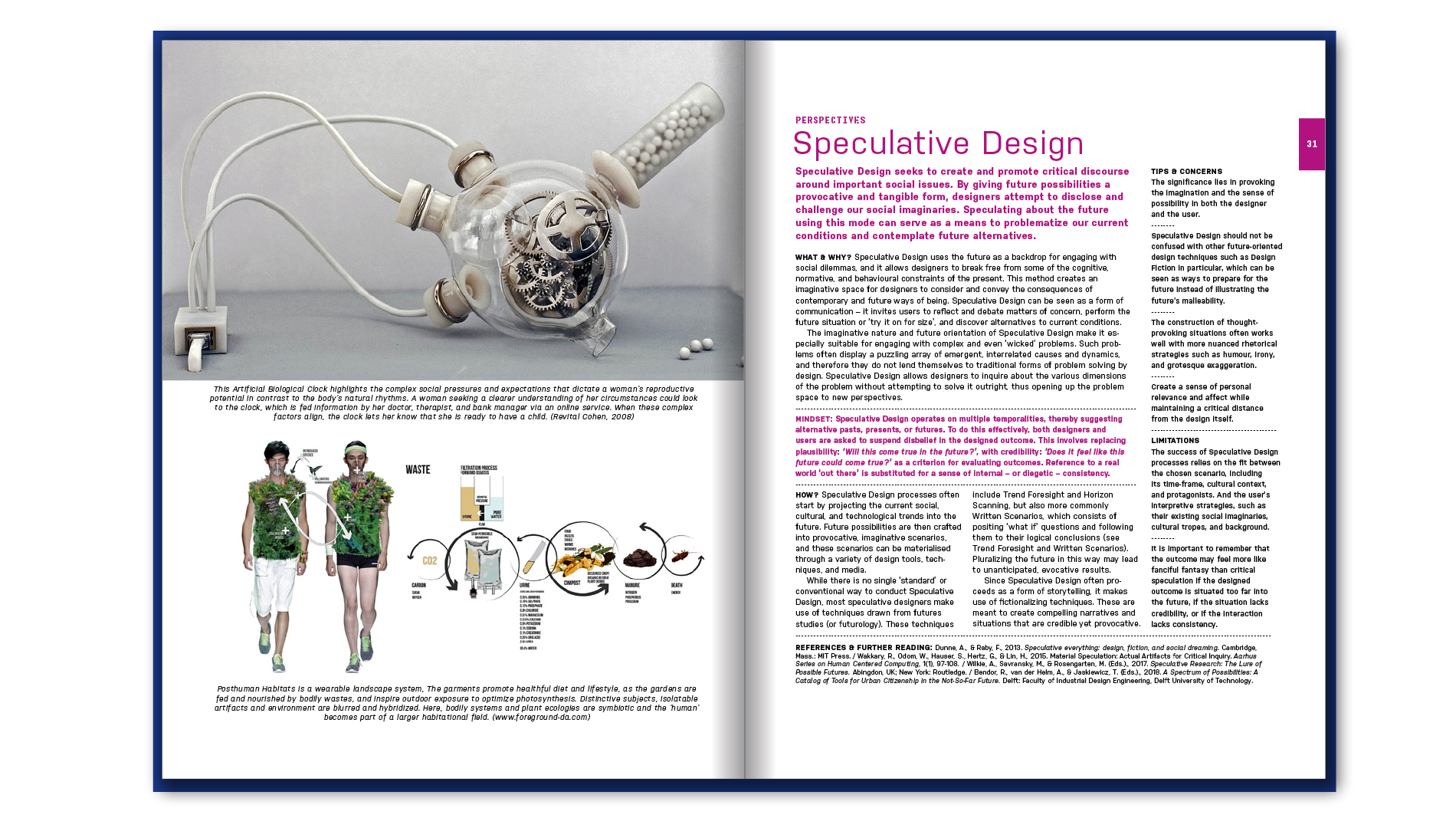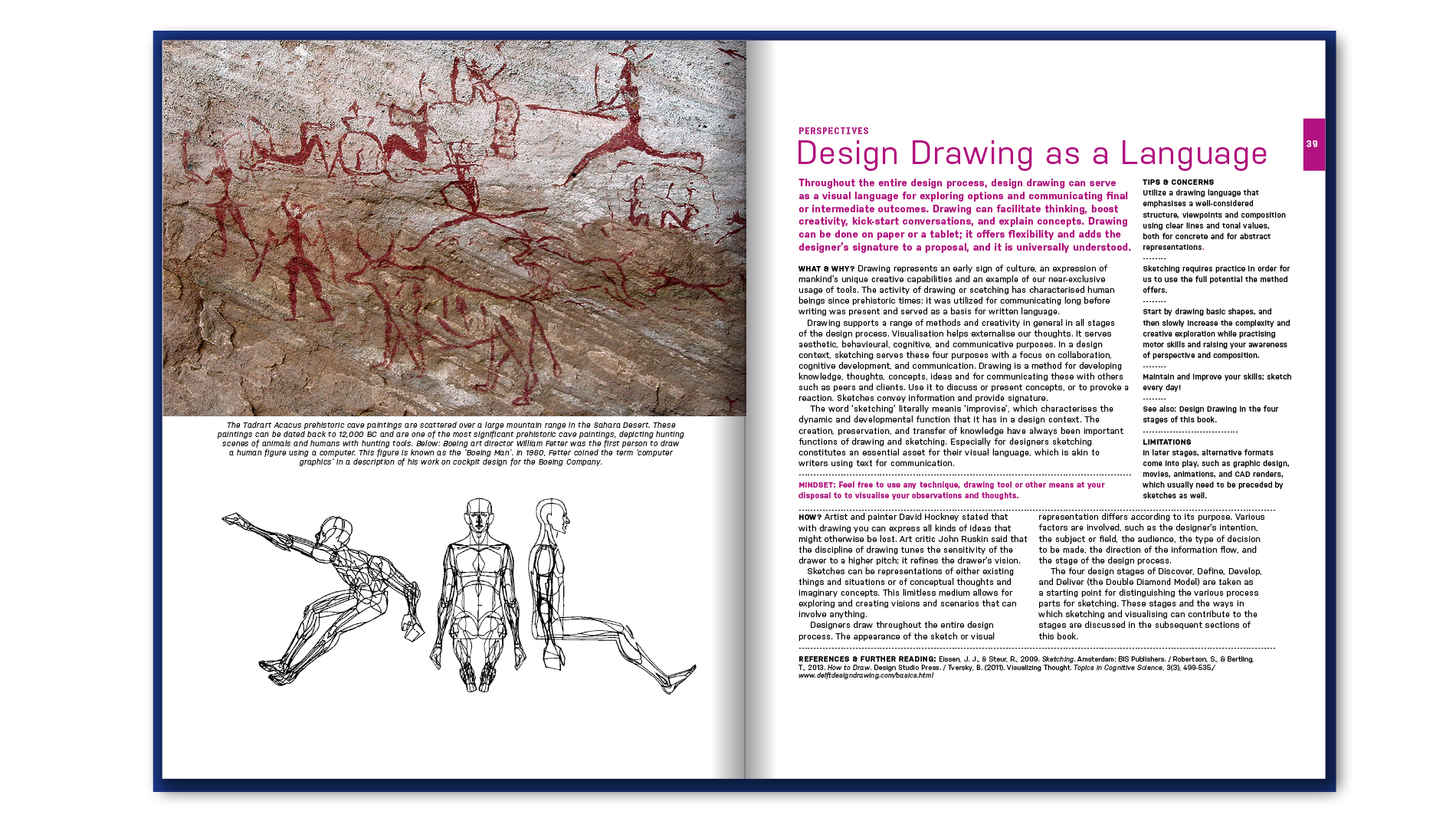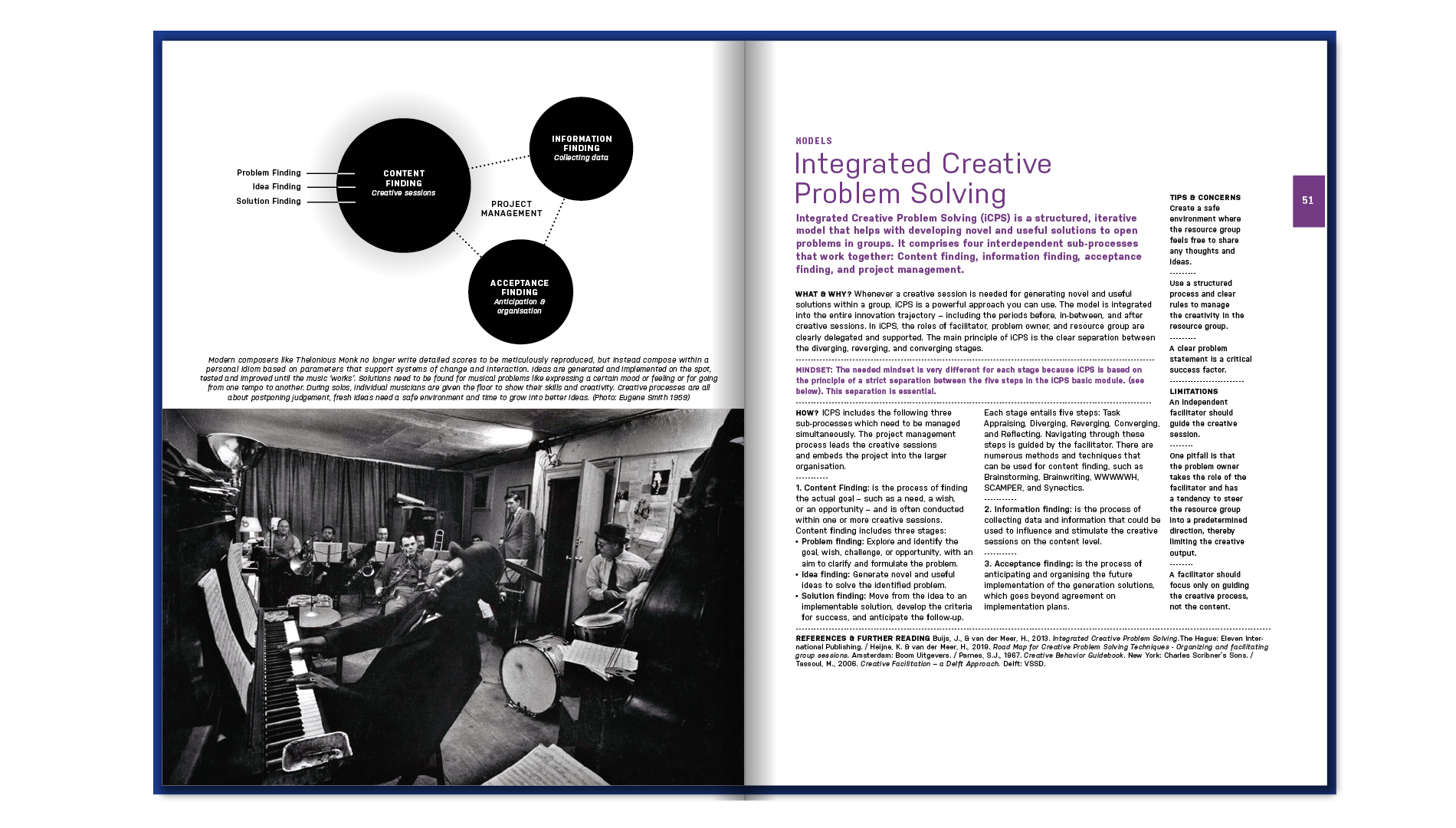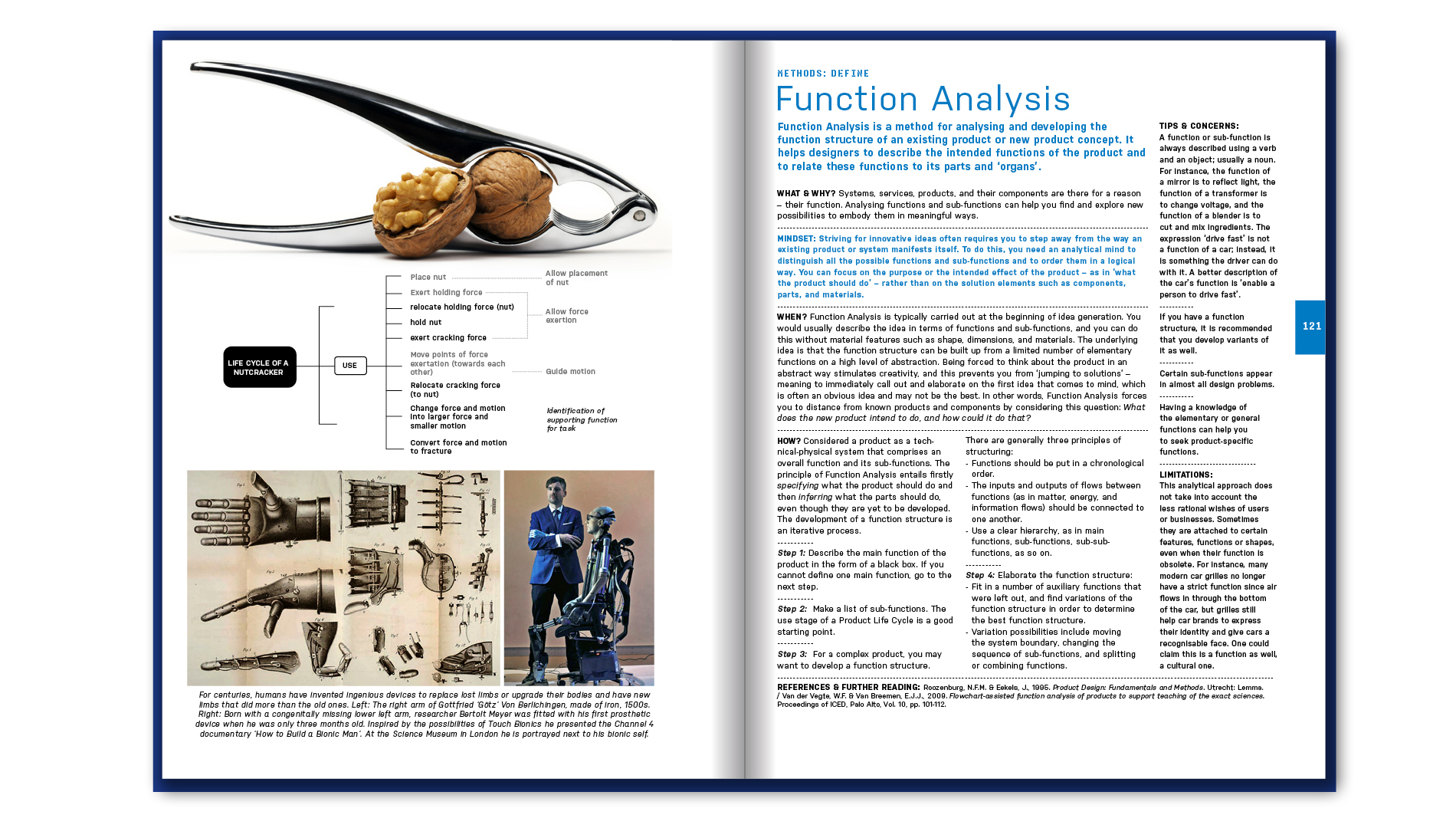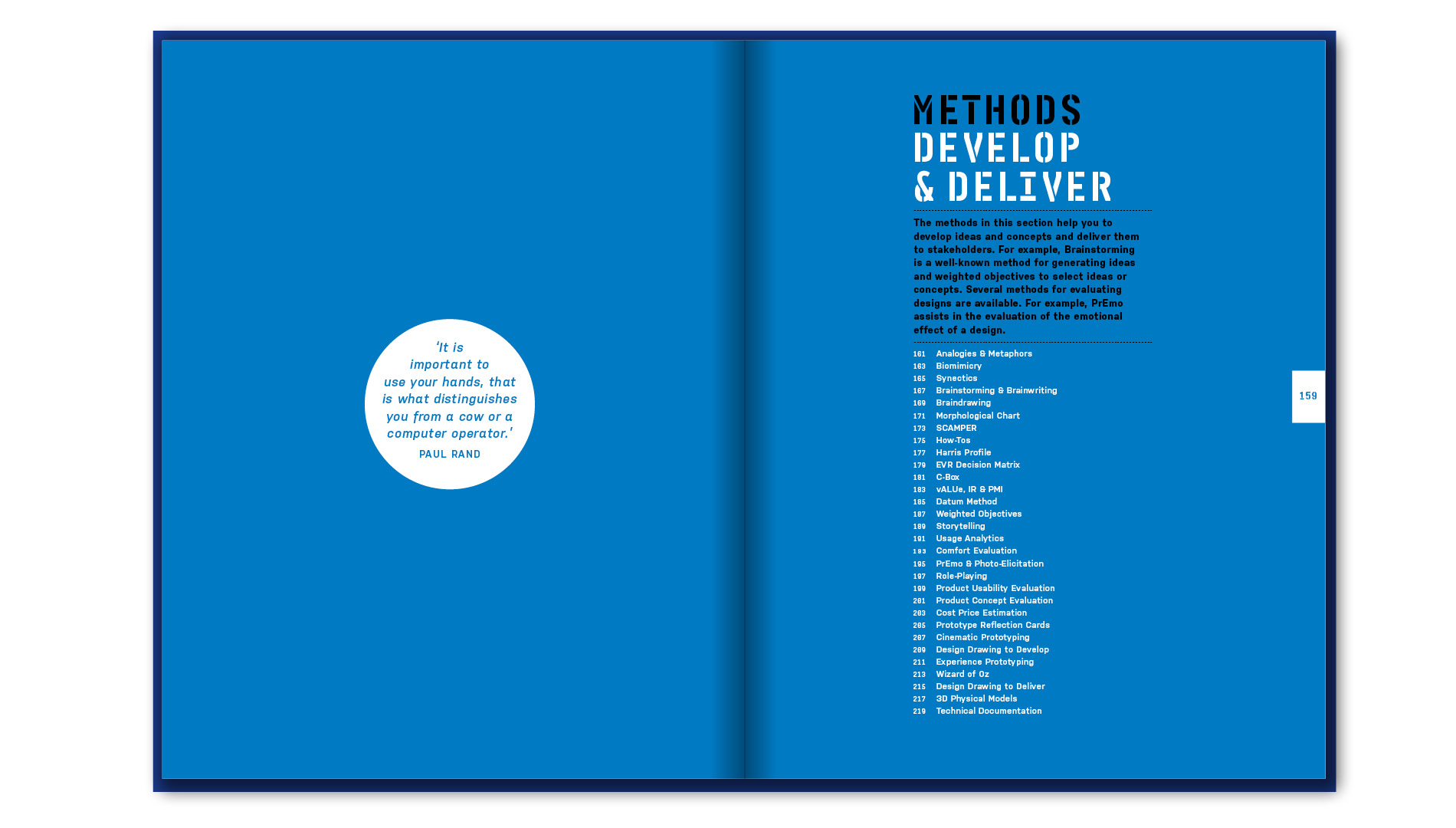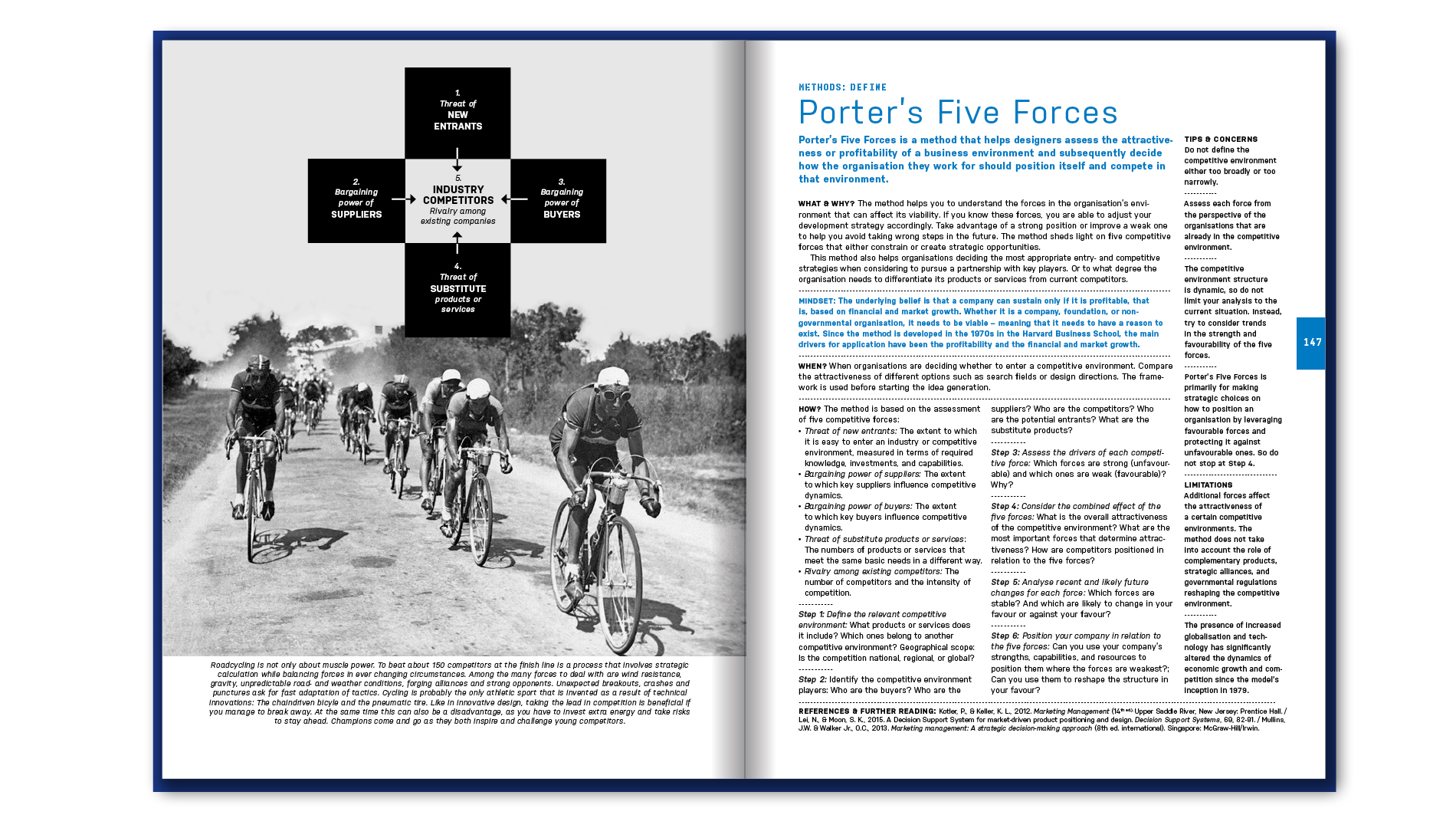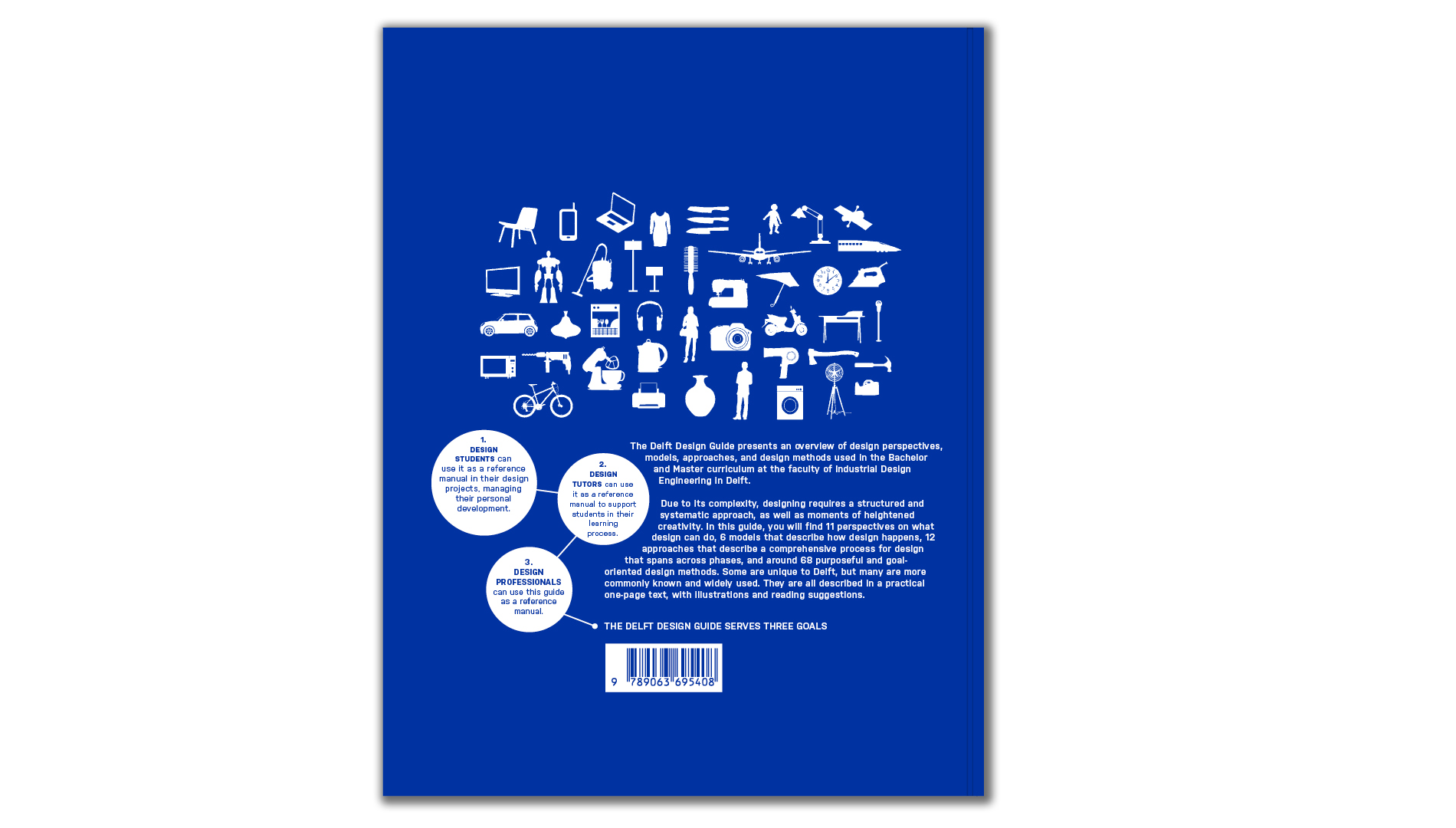Due to its complexity, designing requires a structured and systematic approach, as well as moments of heightened creativity. In this guide, you will find 11 perspectives on what design can do, 6 models that describe how design happens, 12 approaches that describe a comprehensive process for design that spans across phases, and around 68 purposeful and goal-oriented design methods.
